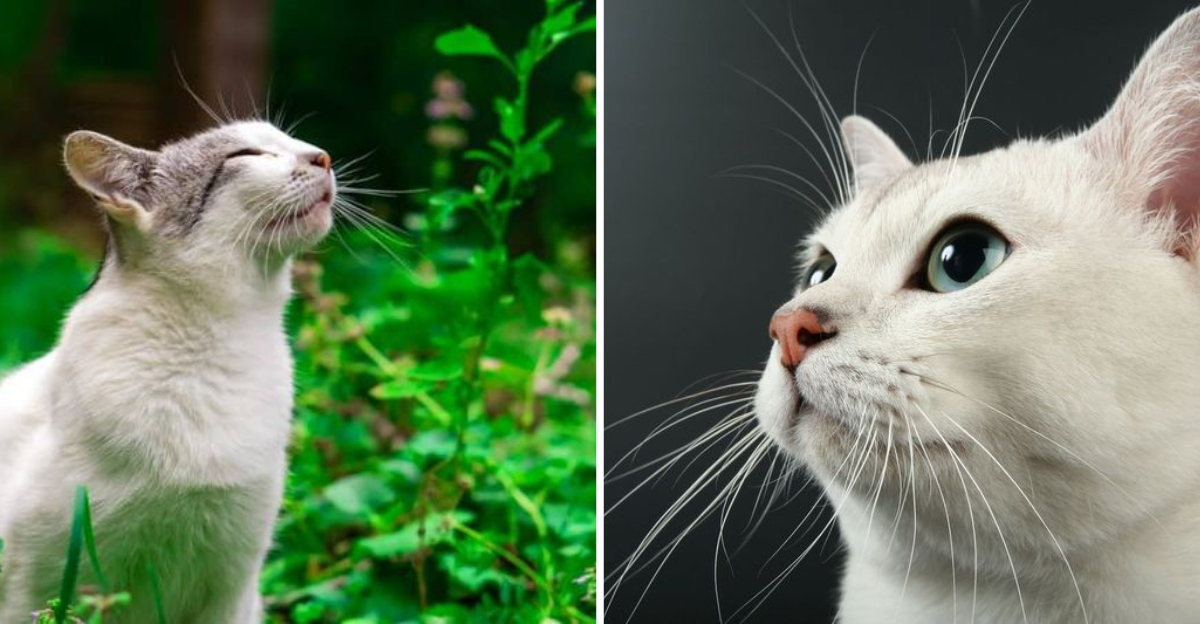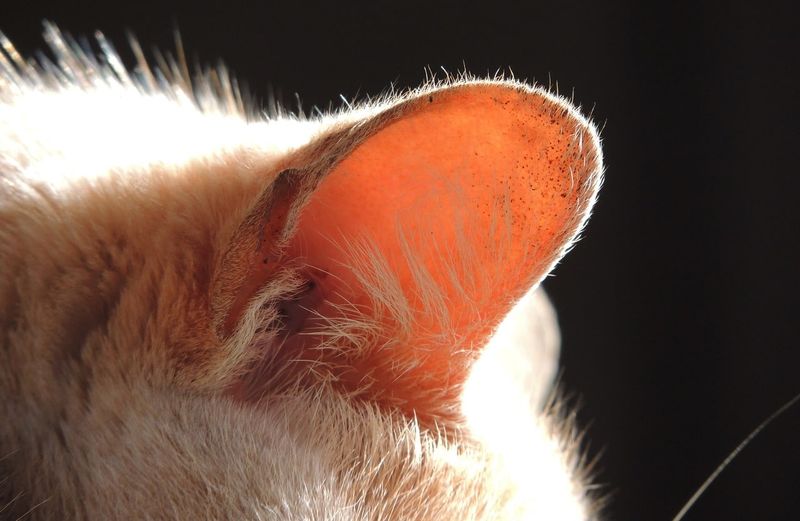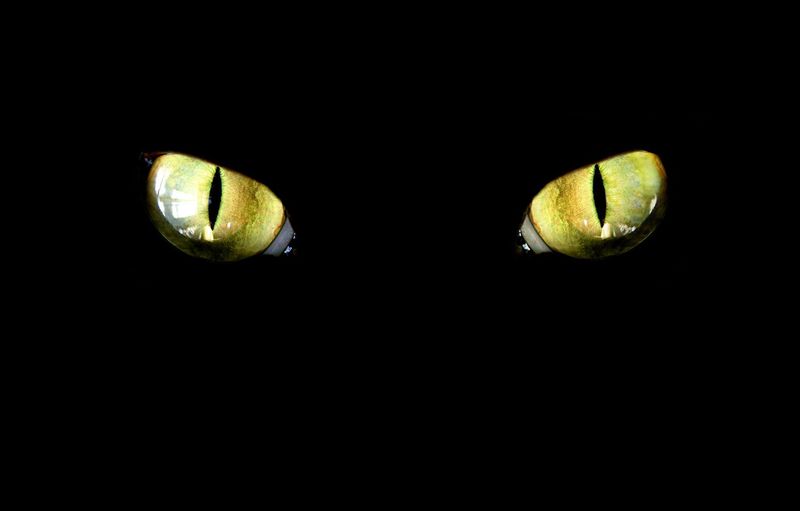📖 Table of Content:
Cats have a reputation for being mysterious—and their heightened senses are a big reason why. In this blog, we explore how felines detect subtle environmental changes long before humans can. From sensing shifts in air pressure and picking up on faint sounds to reacting to emotional energy in a room, cats are finely tuned to their surroundings in ways that often go unnoticed.
You’ll learn how their powerful hearing, advanced smell, and sensitivity to vibrations help them stay alert to everything from weather changes to unseen intruders. Whether it’s a natural instinct for survival or an emotional read on their human companions, cats have evolved to be early detectors of change—and this post uncovers how.
1. Acute Hearing
Cats have an extraordinary sense of hearing, capable of detecting frequencies ranging from 48 Hz to 85 kHz, far surpassing the human range of 20 Hz to 20 kHz. This allows them to hear sounds such as the rustling of leaves, the distant scurrying of a mouse, or even the vibrations of an insect’s wings. Their ears can rotate independently, enabling them to pinpoint the exact location of a sound with remarkable precision.
2. Enhanced Sense of Smell
A cat’s sense of smell is up to 14 times more sensitive than that of humans. This heightened olfactory ability allows them to detect chemical changes in the air, such as the presence of another animal or a change in the weather. By sniffing the air, cats gather vital information about their surroundings, making them aware of changes that humans might miss entirely.
3. Whisker Sensitivity
Whiskers, or vibrissae, are highly sensitive tactile hairs that help cats navigate their environment. Each whisker is deeply embedded and connected to the nervous system, allowing cats to detect minute changes in air currents and nearby objects. This sensitivity aids in spatial awareness and helps them avoid obstacles, even in low-light conditions.
4. Night Vision
Cats have excellent night vision, enabling them to see in low-light conditions far better than humans. Their eyes contain more rod cells, which are sensitive to dim light, allowing them to detect movement and changes in their environment even in near-darkness. This ability is especially useful for hunting at night or sensing nocturnal predators.
5. Sensitivity to Vibrations
Cats are remarkably sensitive to vibrations, which can alert them to changes in their environment long before a human can detect them. They are capable of sensing the smallest seismic activities, helping them anticipate natural events like earthquakes. Their paw pads and whiskers can pick up vibrations from the ground or surrounding air, enabling them to detect the presence of other animals or people approaching, even from great distances.





